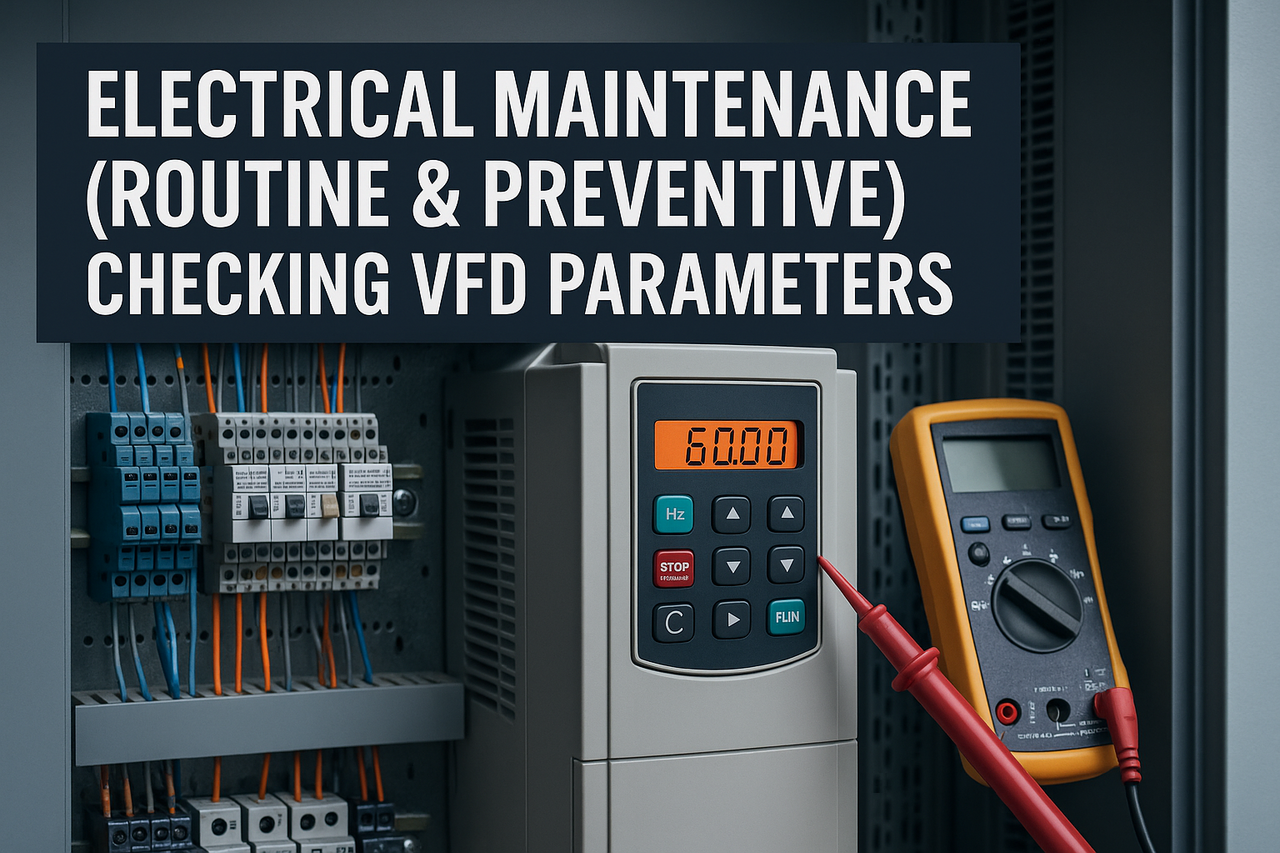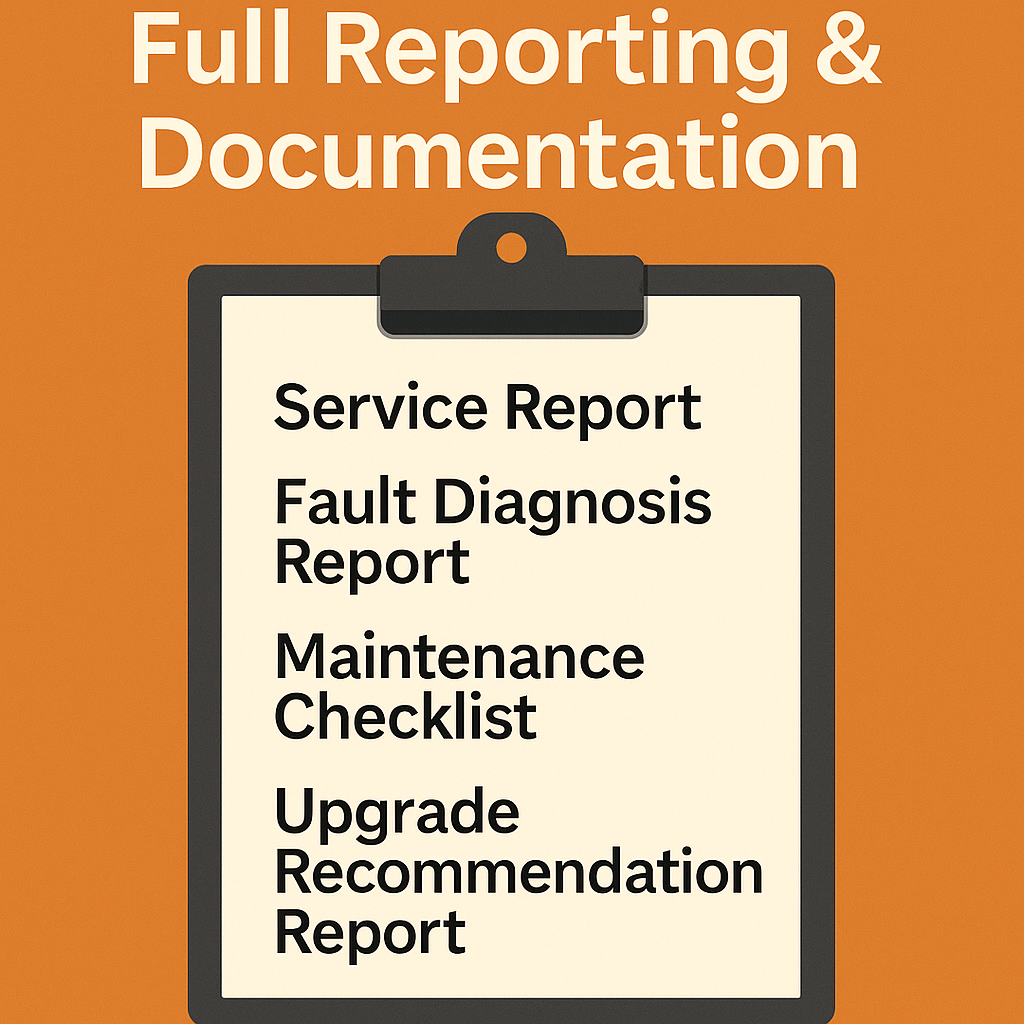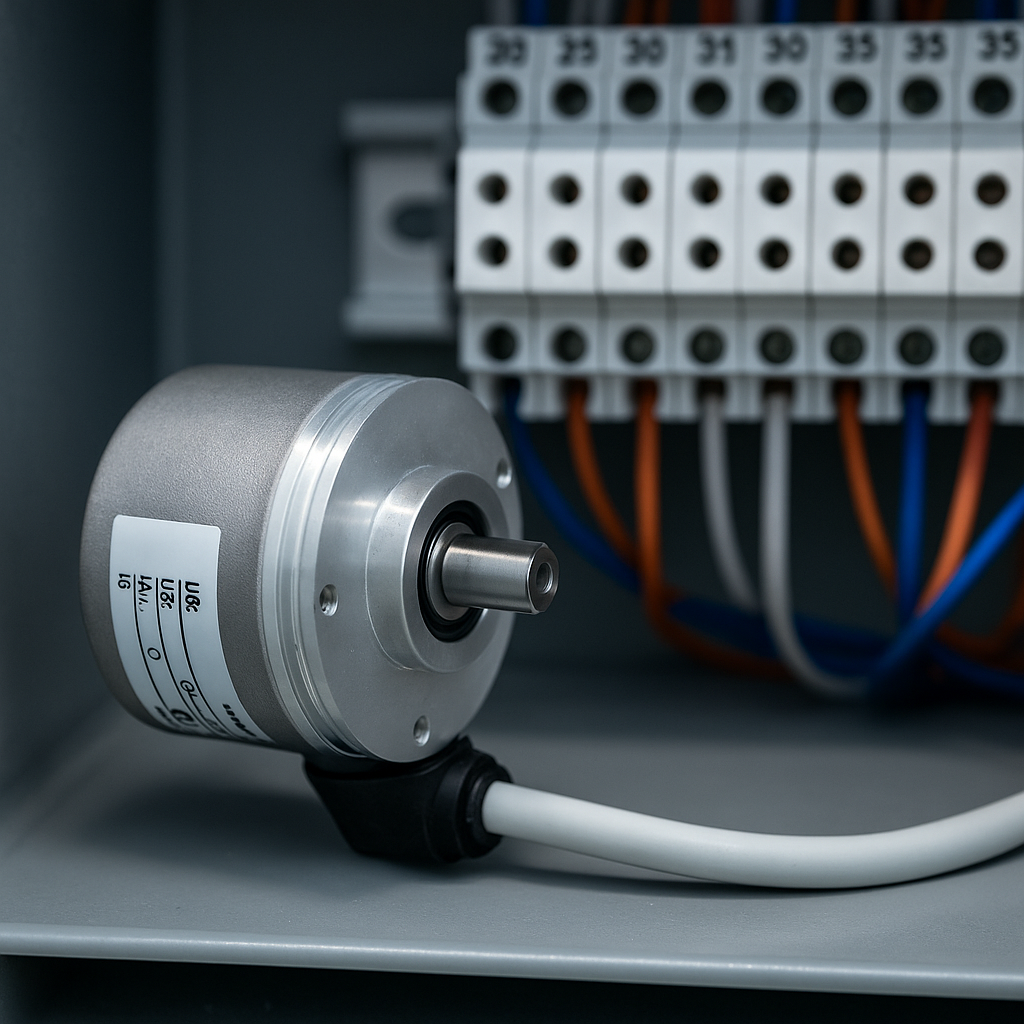
Posted on Wednesday, November 19, 2025
Most roll forming machines imported from China today offer excellent value: strong frames, good speed, and solid production capability. However, the electrical systems on many of these machines are not upgraded for local power standards, fault levels, or modern safety expectations in markets like the USA, UK, EU, Australia, Middle East, and Africa.
The result?
Unnecessary downtime
Electrical faults
VFD and PLC damage
Safety risks
Failed inspections
Difficulty obtaining insurance or site access
To solve this, thousands of buyers worldwide now request extra protection, including upgraded breakers, safety relays, grounding improvements, and better wiring practices — either before the machine ships from China or immediately after arrival.
This guide explains what upgrades you should add, why you need them, and how requirements differ by region.
Most OEMs in China design their electrical panels to a generic template, not optimized for:
Local power conditions
Local safety standards
High short-circuit fault levels
Harsh factory environments
Modern insurance requirements
Western codes (UL, NEC, BS, CE, AS/NZS)
Typical problems we see:
One breaker feeds several motors → nuisance trips & poor fault isolation.
A small voltage spike can destroy your PLC, VFD, HMI, or encoder.
Extremely common cause of burnt motors and hydraulic pumps.
Causes noise on sensors, encoder errors, and dangerous touch voltages.
E-stops wired incorrectly → machine still powered when unsafe.
This is illegal in many regions and very dangerous.
These issues are avoidable with the right upgrades.
No matter which country you operate in, these are minimum must-have items:
Door-mounted
Padlockable
Interlock so door cannot open when energized
Why: Prevents electrocution and is required in most regions (USA NEC, UK BS 7671, EU Machinery Directive).
Sized according to your supply:
63A–125A typical for roll forming main cabinets
Must match short-circuit fault level at your facility
Why: Cheap panels often include breakers with no short-circuit rating → extremely dangerous.
Protects:
PLC
VFD
Servo motors
Encoders
HMI
Power supplies
Why: Surge damage is extremely common globally, especially in:
USA industrial parks
Sub-Saharan Africa
Middle East desert sites
Regions with unstable power grids
Prevents motor burn-out when:
One phase drops
Phases are reversed
Voltage becomes unbalanced
Essential for:
USA (where contractors may land phases incorrectly)
Africa, Middle East, South America (unstable supply)
Each of the following should have their own MCB or motor protective breaker:
Main drive motor
Hydraulic power pack motor
Decoiler motor
Stacker motor
Run-out table / conveyors
Punching units
Servo motors (if used)
Why: One breaker failing should never shut down your entire line.
Plus individual fuses on:
PLC
HMI
I/O boards
Encoders
Sensor groups
Communication modules
Why: Protects sensitive electronics from catastrophic damage.
Bond:
Frame
Gear guards
Decoiler
Shear unit
Run-out tables
Electrical cabinet
Why: Chinese OEMs often bond only the cabinet, leaving the frame floating.
E-stops should directly cut power to:
Main contactors
Hydraulics
VFD enable circuits
Why: Many Chinese machines wire E-stops only to the PLC — dangerously wrong.
Below is a breakdown of what extra safety upgrades are recommended per region.
MCCB rated for North American fault levels (often 25kA–65kA)
UL-rated components (or acceptable equivalents)
GFCI/RCD outlets inside cabinet
Type B or Type F RCD for VFD circuits if required
Load reactors on VFDs
Proper grounding & bonding per NEC Article 250
E-stop with dual-channel safety relay
Why: US fault levels are often far higher than what Chinese OEMs design for.
RCBO protection for auxiliary circuits
Surge protection required under BS 7671 Section 443
Proper earthing per UK TN-C-S/TN-S systems
EN-rated safety relays
Safety interlocks on guards mandatory
Emergency stop “mushrooms” at operator stations
Why: UK inspection engineers reject many imported panels for lack of documentation and poor segregation.
CE-rated breakers and contactors
Category 3/4 safety systems
Guard interlocking required
Correct cable colors (green/yellow earth only)
EMC filters on VFDs
Why: Europe is strict on safety categories and EMC interference.
RCD on all general power circuits
High-temperature-rated wiring (hot factories)
Higher-rated dust protection (IP55–IP65)
Reinforced earth and equipotential bonding
Why: Hot climates + high dust environments + strict standards.
High heat
Dust and sand
Voltage fluctuations
Poor earthing in older facilities
Surge protection mandatory
Larger cooling fans / cabinet air conditioners
VFD dust filters
Heavy-duty grounding
Overrated breakers (high ambient derating)
High supply fluctuations
Brownouts / phase loss
Weak grounding
Lightning strikes in many regions
Phase-loss relays
Surge protection
Oversized MCCBs
Extra fuses for electronic protection
Bonding and grounding improvements
Door interlock + padlockable isolator
Unstable grids
Underspecified factory wiring
High humidity
Surge suppressors
Phase/voltage monitoring relay
Tropical-rated cabinet fans
Stainless steel cable glands
RCBO protection for auxiliary sockets
Power instability
High humidity
High lightning activity in many areas
Surge protection
Separate motor breakers
UL/CE-rated VFD and PLC components
Grounding improvements
Safety relay & guard interlocks
These make a huge difference in uptime and long-term reliability.
Reduce harmonics and protect drives.
Stops interference from VFD noise.
Prevents motor overheating.
Great for:
Middle East
Africa
Australia
Helps future technicians immensely.
Here is a ready-made message you can send to your Chinese manufacturer:
Required Electrical Upgrades:
Lockable main isolator with door interlock
Main MCCB sized to our country’s short-circuit levels
Surge protection device Type 2
Phase-loss & rotation relay
Individual MCBs for each motor and hydraulic unit
Dedicated breaker for 24VDC supply + fuses for PLC, HMI, sensors, encoder
Category 3/4 safety relay with dual-channel E-stop
Safety interlocks on all guards
Proper grounding and earth bonding for all machine sections
Updated wiring diagrams reflecting these upgrades
Saving cost (China labor is cheaper)
Clean panel layout
Better documentation
Faster installation after arrival
USA, UK, EU where codes require local-certified electricians
Projects requiring compliance certificates
Factories with their own electrical standards
Machines with long-term automation plans
Machine Matcher Tip:
Do as many upgrades in China as possible, but have a local certified engineer sign-off the final installation.
Every new roll forming machine should receive:
Main isolator
MCCB
Surge protection
Phase-loss relay
Separate MCBs
Grounding upgrade
Safety relay
Guard interlocks
Encoder filters
VFD reactor
Better wiring
Cabinet cooling
Spare breakers
Updated drawings
Redundant PLC power supplies
Redundant safety controller
Full UL/CE panel
Thermal sensors
Remote PLC access
Buying a roll forming machine from China is a smart investment — but only when the electrical system is upgraded to match the safety, power standards, and fault levels of your region.
These upgrades protect:
Your machine
Your operators
Your production schedules
Your ROI
At Machine Matcher, we help buyers worldwide assess, upgrade, and prepare their machines for safe, code-compliant operation in every major region.

Posted on Tuesday, November 18, 2025
Why Correct VFD Settings Are Critical for Speed Control, Motor Protection & Cut Accuracy

Full Reporting & Documentation for Roll Forming Machines
Posted on Tuesday, November 18, 2025
Service Reports, Fault Diagnosis Reports, Maintenance Checklists & Upgrade Recommendation Reports Guide

Electrical Maintenance (Routine & Preventive): Sensor Alignment on Roll Forming Machines Guide
Posted on Tuesday, November 18, 2025
How Proper Sensor Alignment Prevents Misreads, Machine Stops & Costly Production Errors

Electrical Maintenance (Routine & Preventive): Encoder Recalibration for Roll Forming Machines Guide
Posted on Tuesday, November 18, 2025
How Proper Encoder Calibration Protects Cut Accuracy, Flying Saw Synchronisation & Production Speed
Copyright 2025 © Machine Matcher.